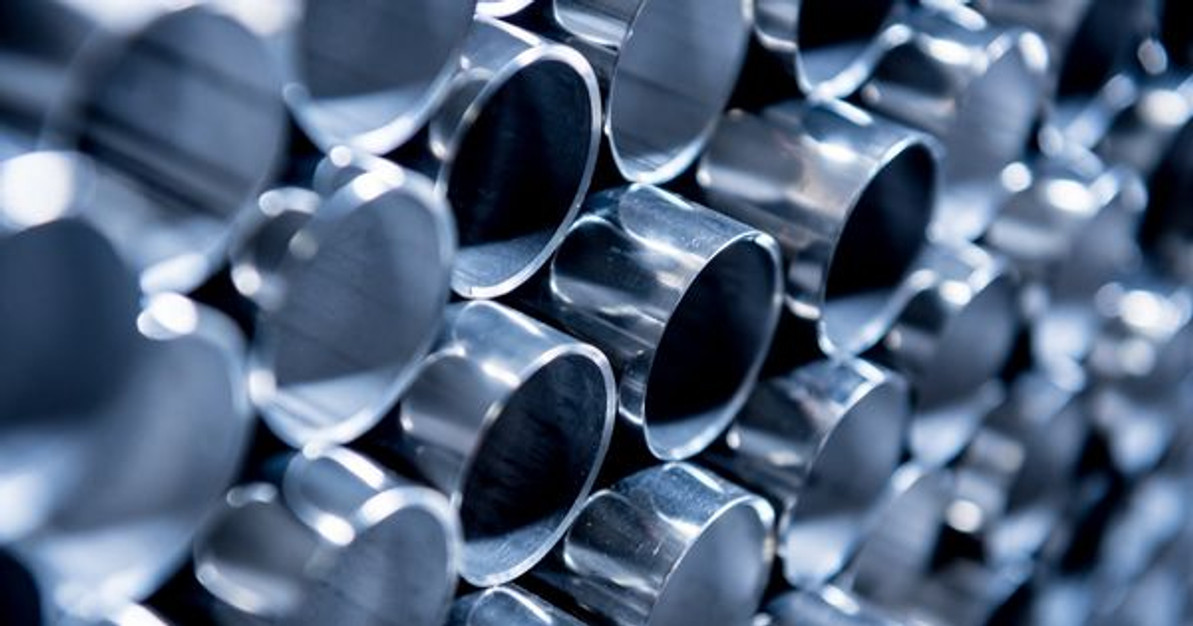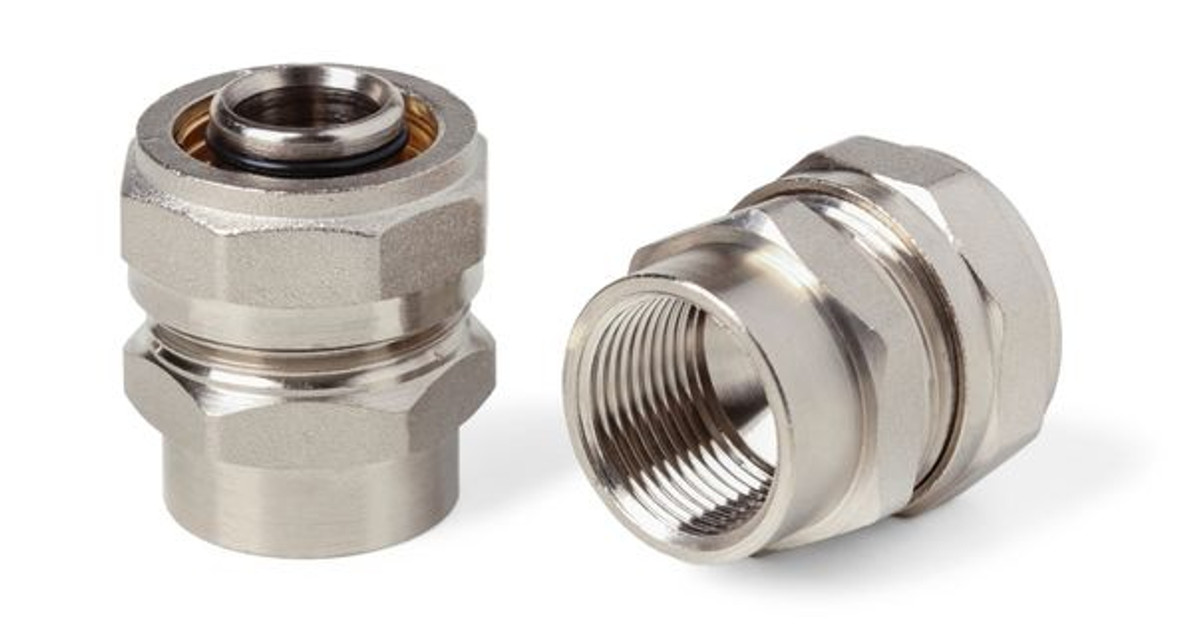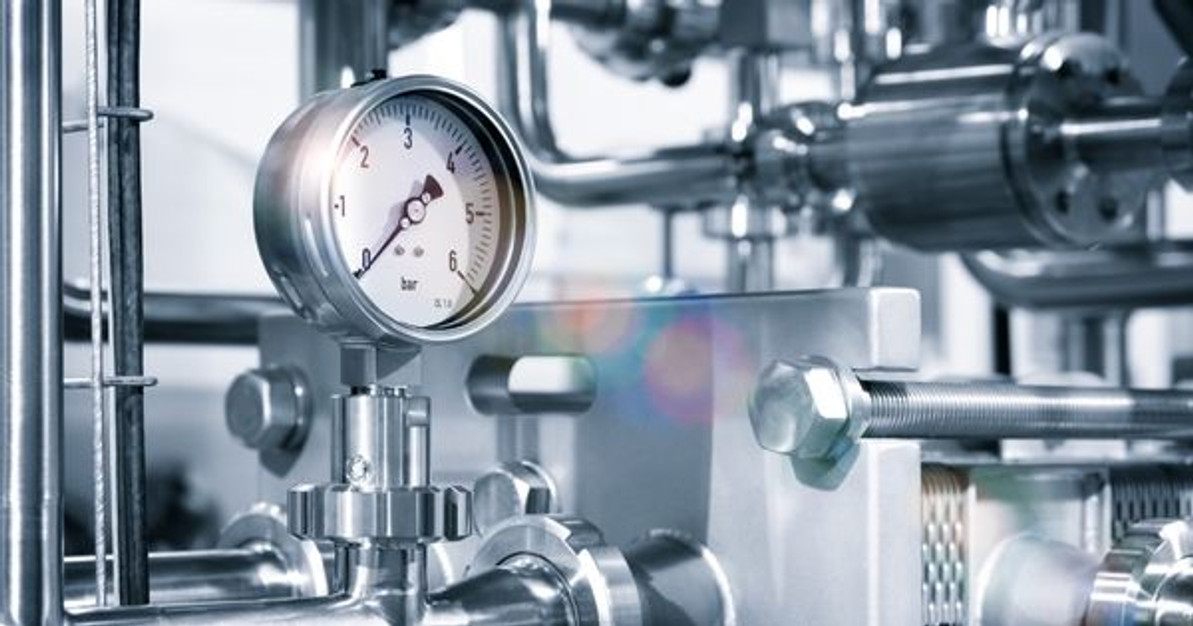 Nov 19th 2021
Nov 19th 2021The 5 Different Types of Stainless Steel
As an alloy, stainless steel is composed of various materials that create something greater and more effective than the sum of its parts. When you look at the different grades of stainless steel, however, you probably couldn’t even tell the difference between them. Let’s discuss the five different types of stainless steel so that you can better understand how each grade varies.
Austenitic Stainless Steel
Of the five different types of stainless steel, austenitic is the most common variant, making up most stainless steel products and components, from kitchen appliances to stainless steel tube fittings. Austenitic stainless steel contains a high amount of nickel, chromium, molybdenum, and chromium, which together create an alloy renowned for its malleability, corrosion resistance, and strength—hence why it’s such a commonly used type of stainless steel.
Ferritic Stainless Steel
In contrast, the ferritic variant of stainless steel contains little to no nickel at all and instead features a greater amount of chromium. Ferritic stainless steel has very few carbon consistencies, typically never exceeding 0.1%. Temperatures don’t alter the physical traits of this stainless steel thanks to the chromium, making for a consistently durable alloy that’s resistant to stress cracking and corrosion. The last notable feature of ferritic stainless steel is that it’s magnetic.
Martensitic Stainless Steel
Martensitic stainless steel is very similar to ferritic stainless steel, with the only difference being that the former contains a greater amount of carbon—around 1%. This simple difference causes martensitic stainless steel to have one defining feature: it can be hardened to such a degree that its strength exceeds that of its cousin alloys.
Duplex Stainless Steel
As we mentioned, each type of stainless steel is greater than the sum of their parts, and duplex stainless steel takes that a step further by combining austenitic and ferritic stainless steel. This combination makes duplex stainless steel stronger than the two from which it’s created individually and highly resistant to corrosion. This type of stainless steel is most often used on oil rigs and in gas facilities.
Precipitation Hardening Stainless Steel
Precipitation hardening stainless steel features the superior corrosion resistance of austenitic stainless steel as well as the potential for hardening strength that rivals that of martensitic stainless steel. To accomplish these traits, however, precipitation hardening stainless steel undergoes a process heat treatment, a solution treatment, and quenching to gradually increase its strength and achieve the desired traits.
 Nov 19th 2021
Nov 19th 2021Recent Posts
-
Nov 7th 2022
What Is Food-Grade Stainless Steel Tubing?
Businesses that produce food and beverage products must operate hygienically. Sterile environments a …Nov 7th 2022
-
Oct 11th 2022
Why Sanitary Fittings Are Important for the Medical Industry
Sanitary fittings are useful for many industries. Food and beverage manufacturers have used these to …Oct 11th 2022
-
Sep 23rd 2022
What Is the Max Operating Temperature for Stainless Steel?
Stainless steel is valued in many industrial applications because it’s capable of withstanding high …Sep 23rd 2022




